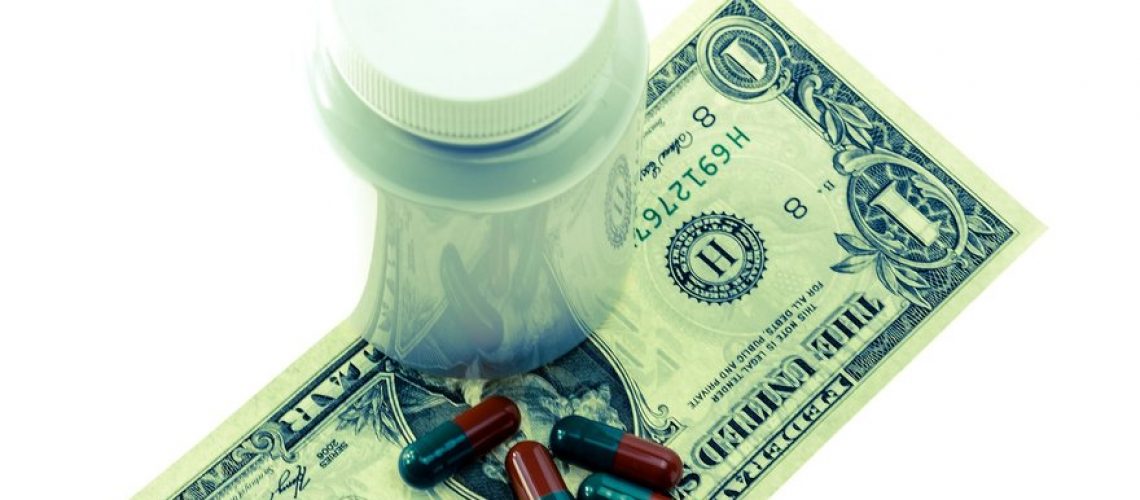Medicare is spending more money on drugs than ever before, and it’s not because patients are taking more medications.
The Centers for Medicare & Medicaid Services (CMS) updated its drug pricing dashboards this week, and data suggest increased spending is due to higher drug prices, with many medications seeing double-digit price bumps in just a few short years.
According to the database, epinephrine, the drug in Epi-Pens, saw the largest price increase under Part D for drugs with more than 20,000 patients, with an average price jump of 189.6% each year between 2012 and 2016.
Epi-pen, itself, saw a 28.5% average annual price increase, ranking it among the top 20 drugs serving more than 200,000 beneficiaries. Additionally, average Part D spending on Epi-pen jumped from $106.53 in 2012, to $290.67 in 2016, a more than 272% increase.
Mylan CEO Heather Bresch faced criticism from lawmakers in 2016 for massive increases in the price of EpiPens. The company eventually agreed to pay a $465 million settlement for misclassifying the drug in the Medicaid Drug Rebate program.
For medications used by more than 50,000 beneficiaries, Captopril, which is used to treat high blood pressure, saw its price increase by 85% per year over that same five-year span.
Under Part B, the price of cyanocobalamin, an injectionable medication that treats vitamin B12 deficiencies, jumped by 61.4% per year on average from 2012 to 2016. The drug is popular and was used by 586,000 beneficiaries last year and saw the highest price increase compared with drugs with similar utilization.
Rixubis, used to control bleeding, saw a massive 2189.8% increase, the highest for any Part B drug, with the cost of the average dose jumping from $24.52 to $561.55. However, the drug is rather uncommon and treated only 22 people with hemophilia B in 2016.
Medicaid was no exception to price bumps, either. Diabetes medication Lantus saw a nearly 19% increase during the same four-year period, with the agency shelling out about $785 million for the drug in 2016. Humira, used to treat arthritis and Crohn’s disease, and Enbrel, an arthritis drug, also saw increases of 17.5% and 17.6%, respectively. The Medicaid dashboard does not include the number of beneficiaries who were prescribed each drug.
According to the database, the agency spent $174 billion on drugs in 2016, almost a quarter of its budget and a 62.6% increase from $107 billion only four years prior.
The Trump administration recently rolled out a drug pricing blueprint that included several potential changes to Medicare such as value-based drug purchasing. The administration called out Medicare’s payment structure for enabling drug price growth.
“As Secretary Azar has repeatedly pointed out, for years Medicare incentives have actually encouraged higher list prices for drugs, and this updated and enhanced dashboard is an important step to bringing transparency and accountability to what has been a largely hidden process,” CMS Administrator Seema Verma said in a statement earlier this week.
——————————————————
Photo courtesy of: Fierce Healthcare
Originally Published On: Fierce Healthcare
Follow Medical Coding Pro on Twitter: www.Twitter.com/CodingPro1
Like Us On Facebook: www.Facebook.com/MedicalCodingPro







